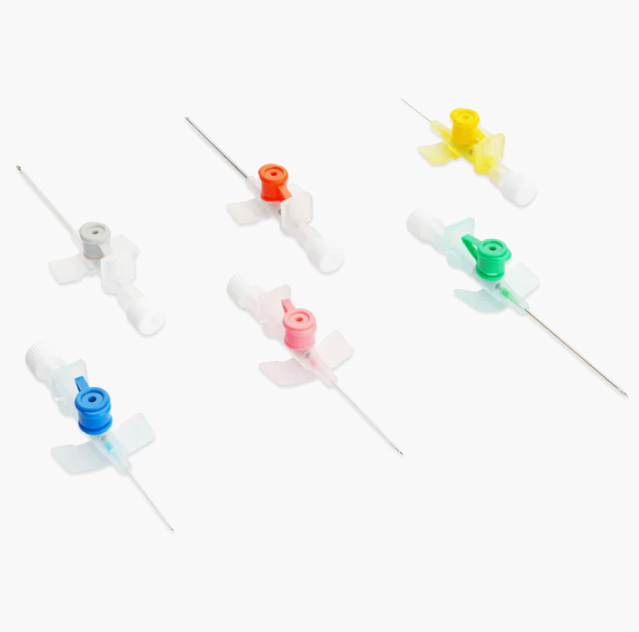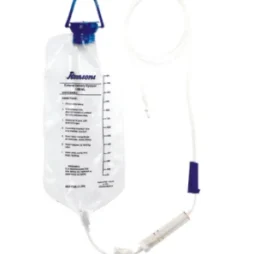An Intravenous Cannula, commonly known as an IV cannula or simply “cannula,” is a vital medical device used in healthcare settings for the administration of fluids, medications, and blood products directly into a patient’s bloodstream. Here’s a description of an IV cannula:
Description of an IV Cannula:
An IV cannula is a slender, hollow, and flexible tube typically made from biocompatible materials such as plastic, polyurethane, or silicone. It comes in various sizes, with the choice of size depending on the patient’s age, condition, and the intended medical purpose.
Key Components:
- Cannula Tube: The central part of the IV cannula is a thin, hollow tube. It is designed to be easily inserted into a patient’s vein to establish a secure and temporary access point for intravenous (IV) therapies.
- Hub: At one end of the cannula tube, there is a hub. The hub is a wider, connector-like structure that attaches to the IV tubing and allows for the flow of fluids or medications into the patient’s vein. It often includes a color-coded system to indicate the cannula size.
- Wings or Flanges: Protruding from the hub are two small wings or flanges. These wings serve as anchors and provide stability once the cannula is inserted into the vein. They are used for secure taping and fixation.
- Beveled Needle or Catheter: The opposite end of the cannula tube has a beveled needle or catheter that is sharp enough to puncture the patient’s skin and vein during insertion. After insertion, the needle or catheter is withdrawn, leaving the flexible tube in place.
- Protective Cap: The cannula typically comes with a protective cap to keep the needle or catheter sterile until use.
How an IV Cannula Works:
- Preparation: Before the cannula insertion, the healthcare provider cleans the patient’s skin with an antiseptic solution and selects an appropriate insertion site, often on the patient’s hand, arm, or other accessible veins.
- Insertion: The healthcare provider inserts the cannula into the selected vein with a swift, precise motion. Once it enters the vein, blood may be visible in the flashback chamber, confirming successful placement.
- Securement: After confirming placement, the provider advances the cannula while withdrawing the sharp needle or catheter. The wings or flanges are then secured to the patient’s skin using adhesive tape or a securement device.
- Attachment to IV Tubing: The hub of the cannula is connected to IV tubing, allowing for the controlled infusion of fluids, medications, or blood products directly into the bloodstream.
Applications:
IV cannulas are used for a wide range of medical purposes, including:
- Fluid Replacement: Administering intravenous fluids to treat dehydration or maintain hydration during surgery.
- Medication Administration: Delivering medications, such as antibiotics, pain relievers, or chemotherapy drugs.
- Blood Transfusions: Facilitating the transfusion of blood and blood products.
- Nutritional Support: Providing parenteral nutrition to patients unable to eat or digest food.
- Emergency Care: Quickly establishing vascular access in emergency situations.







